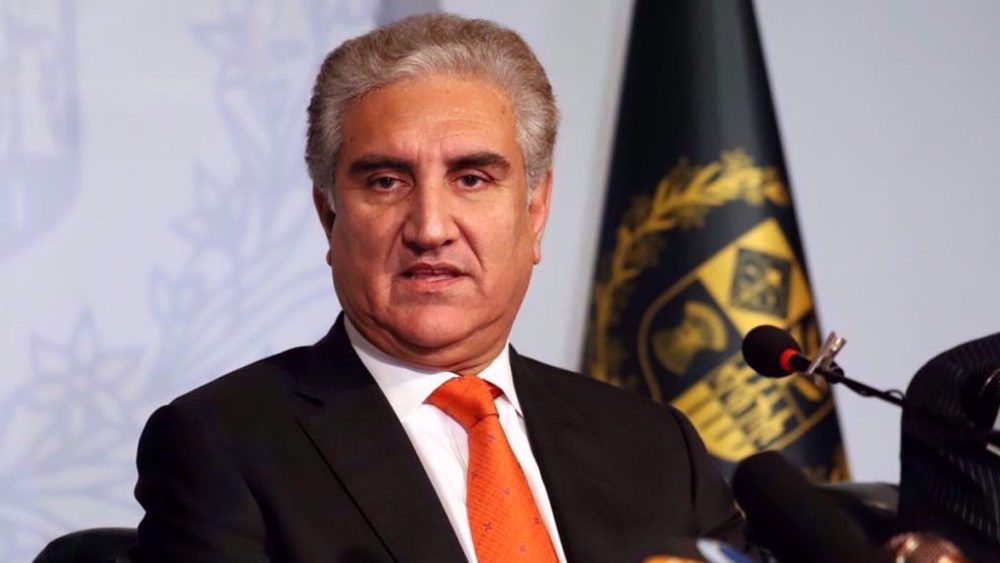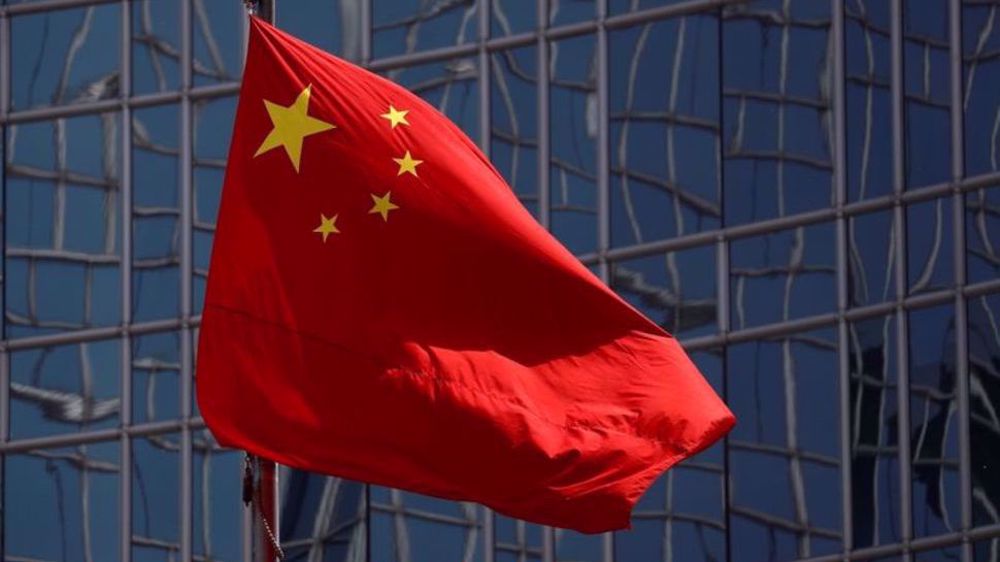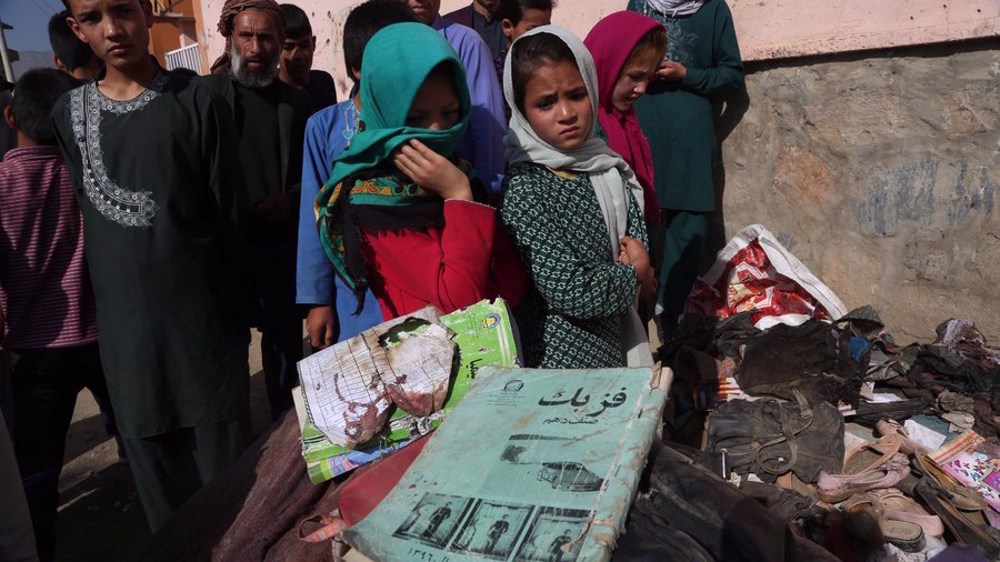India moves 50,000 troops to China border in new military ‘offensive’ posture: Report
India has reportedly moved at least 50,000 additional troops to its border with China in what is viewed as a monumental shift towards an offensive military posture against the neighboring Asian power.
“Over the past few months, India has moved troops and fighter jet squadrons to three distinct areas along its border with China… All in all, India now has roughly 200,000 troops focused on the border” marking an increase of more than 40 percent compared to last year, Bloomberg News reported Sunday, citing four people familiar with the matter.
“The redeployment will allow Indian commanders more options to attack and seize territory in China -- if necessary -- in a strategy known as ‘offensive defense’,” the report added, citing one of the sources.
“That includes a lighter footprint involving more helicopters to airlift soldiers from valley to valley along with artillery pieces like the M777 howitzer built by [British] BAE Systems Inc.,” it further noted.
The latest maneuvering follows a period of relative calm after a summer of fighting last year that saw India lose control over about 300 square kilometers of land along the disputed mountainous terrain, leaving 20 Indian and four Chinese soldiers dead, according to the report.
Although India and China battled in the Himalayas in 1962, New Delhi’s strategic focus has primarily been Pakistan since the British colonialists left the subcontinent, with the long-time nuclear-armed rivals fighting three wars over the disputed region of Kashmir.
However, since the deadliest India-China clashes in decades last year, Prime Minister Narendra Modi’s administration has sought to ease tensions with Islamabad to focus primarily on countering Beijing.
India’s northern region of Ladakh — where Indian and Chinese troops clashed several times last year — “has seen the largest increase in troop levels,” the report underlined, citing three of the sources.
“The reorientation means India at all times will have more troops acclimatized to fight in the high-altitude Himalayans, while the number of troops solely earmarked for the western border with Pakistan will be reduced,” it also emphasized.
The development comes after the two most populous nations held on June 25, their 22nd round of the Working Mechanism for Consultation and Coordination (WMCC) on China-India border affairs, in a bid to find a solution to the border standoff.
"Both sides agreed on the need to find an early resolution to the remaining issues along the LAC in eastern Ladakh keeping in view the agreement reached between the two foreign ministers in September 2020," an Indian Foreign Ministry readout said following the meeting.
"In this regard, the two sides agreed to maintain dialogue and communication through diplomatic and military mechanisms to reach a mutually acceptable solution for complete disengagement from all friction points so as to ensure full restoration of peace and tranquility to enable progress in bilateral relations," New Delhi's statement added.
While noting that both the Indian Army and a spokesman for the prime minister’s office had not responded to inquiries about the major troop movement, the report then cited a Sunday press statement by the Indian defense ministry as saying that Defense Minister Rajnath Singh, accompanied by senior military officials including the Army Chief General M. M. Naravane, were in the border region of Ladakh “to review military preparedness.”
It was Singh's first visit to the area since the February disengagement of Indian and Chinese troops from the banks of Pangong Tso, a glacial lake some 14,000 feet above sea level, the report said.
“Having so many soldiers on either side is risky when border management protocols have broken down,” said D. S. Hooda, a lieutenant general and former Northern Army commander in India. “Both sides are likely to patrol the disputed border aggressively. A small local incident could spiral out of control with unintended consequences.”
The report further pointed out that while it is not yet clear how many troops China has on the border, India detected that the People’s Liberation Army recently moved additional forces from Tibet to the Xinjiang Military Command, which is responsible for patrolling disputed areas along the Himalayas.
It also cited its Indian sources as claiming that Beijing “is adding fresh runway buildings, bomb-proof bunkers to house fighter jets and new airfields along the disputed border in Tibet,” noting that China is “also adding long-range artillery, tanks, rocket regiments and twin-engine fighters in the last few months.”
Reacting to the claims, the Bloomberg report then quoted a Chinese Foreign Ministry spokesman as saying Beijing “will not comment on unsubstantiated information.”
The report further cited its sources as saying that India has also obtained an offensive capability along the southern Tibetan plateau near the center, where “regular soldiers outfitted with machine guns have joined lightly armed paramilitary officers.”
In the far eastern state of Arunachal Pradesh, newly acquired French-made Rafale fighter jets armed with long-range missiles are being deployed to support the boots on the ground, the sources added.
“The Indian Navy is also taking action, putting more warships along key sea lanes for longer durations. Its efforts include studying energy and trade flows in and out of China,” according to an Indian Navy official cited in the report who asked not to be identified.
Iran FM underlines Yemen's territorial integrity in talks with Saudi, Emirati counterparts
China begins military drills around Taiwan in ‘stern warning’ to external forces
Israeli forces withdraw from West Bank city after two days of ‘collective punishment’
VIDEO | Press TV's news headlines
Gaza faces severe reproductive health crisis amid Israeli genocide
VIDEO | Gaza endures crisis, Israeli violations ahead of Netanyahu-Trump meeting
Russia and US reject European ceasefire proposal
Houthi: Any Israeli presence in Somaliland will be military target














 This makes it easy to access the Press TV website
This makes it easy to access the Press TV website